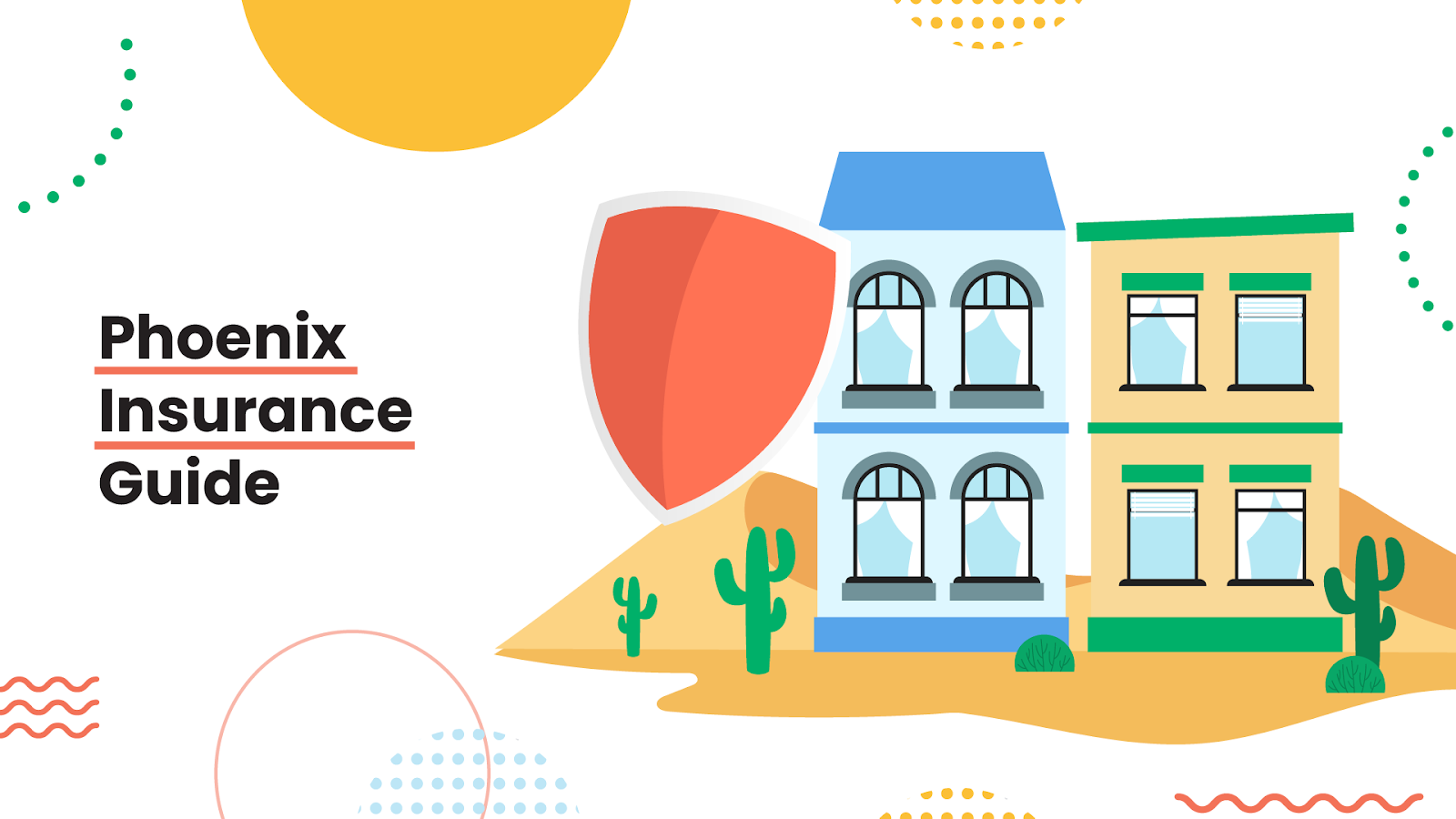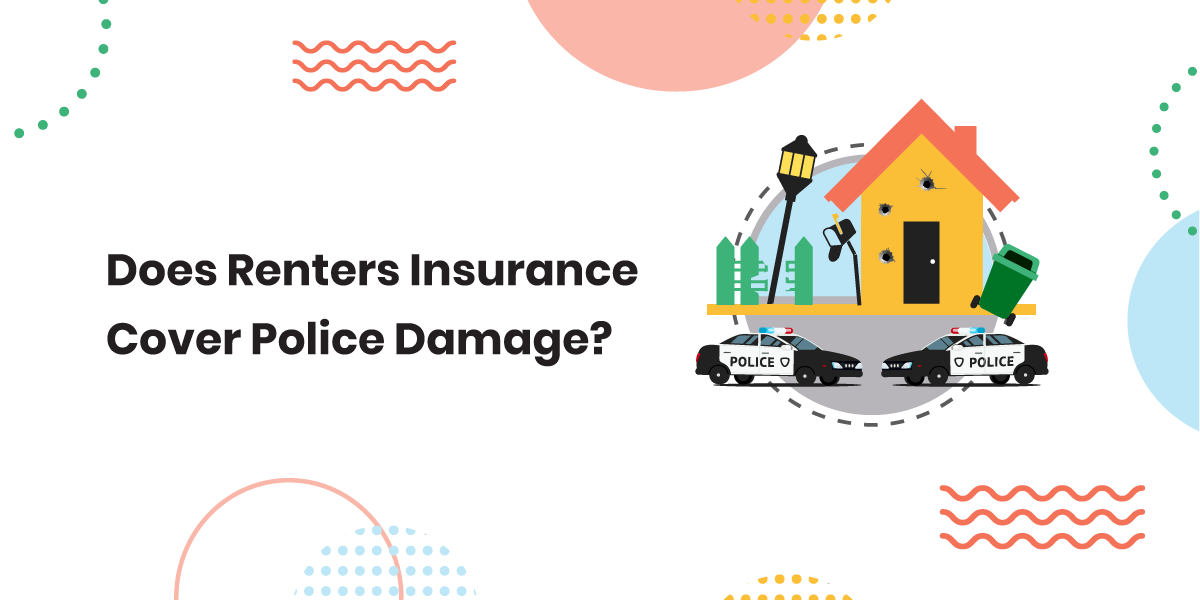Diving Into Car Insurance Basics With Goodcover
15 Aug 2023 • 6 min read

Imagine this scenario: you’re sitting down to a delicious breakfast at a local diner. You sip your coffee, plan your day, eat breakfast, and return to your car. Suddenly, you’re taken by surprise; is that your car with a smashed window?
Panic sets in as you realize that your laptop was stolen in addition to your window being smashed.
You pause and remember that your Goodcover renters policy will gladly replace a covered stolen laptop. But what happens to your shattered windows?
With a good car insurance policy, you can replace your car windows and fix any other damage resulting from that case of theft and vandalism. And if you bundle your renters and car insurance policies, you’ll breathe much easier if this situation ever happens.
Goodcover Auto is one way to find great options for your car insurance policy. You could also enjoy potential bundled discounts to get lower rates on auto insurance plans by showing auto insurers that you have an existing renters policy.
But before you check it out, let’s explore the car insurance basics, how it works, and how you can take advantage of it.
- What Is Auto Insurance?
- What Are the Different Types of Auto Insurance Coverage?
- How Does Auto Insurance Work?
- How Much Does Car Insurance Cost on Average?
- How To Get an Auto Insurance Quote
- Compare and Save on Car Insurance With Goodcover Auto
What Is Auto Insurance?
Simply put, car insurance is a contract between you and an insurance provider that gives you financial protection in the event of vehicle damage or loss (up to specified limits).
In exchange for insurance premiums, the policy protects you as well as friends and family members listed under “permissive use.” So, if you lend your car to someone listed for the day, your car insurance should still be in effect. Your insurer only needs to know who typically drives the car to help calculate car insurance rates.
In addition to covering your car, an auto insurance policy can cover liability for someone else's injuries or damages. And if you or your passengers suffer injuries in an accident, you can use auto insurance to cover some medical bills.
Most states require some level of bodily injury liability and property damage liability coverage on your vehicles. And if you’re financing a car, your lender will likely require full coverage car insurance. Full coverage usually means comprehensive collision coverage plus any state-required coverage (e.g., liability).
What Are the Different Types of Auto Insurance Coverage?
While you must have some level of bodily and property damage liability coverage for your vehicle in most states by law, several types of auto insurance coverage are designed to help you protect your car in different ways.
Let’s look at the basic auto insurance types of coverage.
Bodily Injury Liability Insurance
Let’s say you’re found at fault for a car accident. Bodily injury liability coverage is designed to help cover the costs you may incur due to injuries or deaths caused by the accident.
This coverage not only protects you, but it also protects any family members listed on your policy if they are involved in an accident.
Collision Insurance
Have you ever been in an accident where you collided with another car, a dumpster, or a tree? How about hitting a pothole that was so bad it messed up your car? If so, you know exactly how costly it can be.
Collision coverage protects your vehicle if you collide with an object, regardless of who’s responsible. It also covers rollover accidents and damage from potholes on the road.
Most insurers charge a separate out-of-pocket deductible ranging from $250–$1,000 for collision coverage, but your insurance provider might refund the amount if someone else is found at fault for the accident.
Underinsured and Uninsured Motorist Coverage
What if you are in an accident caused by someone who doesn’t have enough -- or any -- insurance?
Uninsured or underinsured coverage ensures your insurer reimburses you for damages if the at-fault motorist lacks adequate coverage to pay for the damage or losses. Hit-and-run accidents are also covered under this type of auto insurance.
Property Damage Liability
Suppose you hit the gas instead of the brake and ram your truck into someone’s fence or mailbox.
Property damage liability covers physical damage you accidentally cause to someone else’s property with your vehicle.
Personal Injury Protection/Medical Payments Coverage
Personal injury protection (PIP) or Medical payments (MedPay) coverage pays for your medical bills. It also pays for the medical expenses of any passengers in your car after an accident.
PIP/MedPay coverage usually has limits stipulated within your car insurance policy.
Comprehensive Coverage
There are other risks that have nothing to do with auto accidents on the road or your driving skills. What if someone keys your car’s paint? What if a storm knocks a tree onto your truck?
Comprehensive coverage protects you against losses from vandalism, theft, fire, earthquakes, floods, explosions, animals, and other events outside of auto accidents. Similar to collision coverage, this type of coverage may also come with a separate deductible.
If you’re financing a car, your auto loan provider usually requires you to have comprehensive coverage until you pay off the loan.
Optional Coverage Options
Although most auto insurers offer the basic car insurance coverage types listed above, you may also benefit from extra coverage options like:
- Towing and roadside assistance for breakdowns.
- Gap insurance to pay for the difference between your car’s actual cash value and any pending car loan amounts owed in case your car is declared a total loss.
- Rental reimbursement for rental car costs if your car is stolen or declared a total loss due to a covered event.
- Rideshare insurance for drivers with Uber, Lyft, or other companies while a customer is not in the vehicle. Many personal car insurance policies consider work use of a personal vehicle an exclusion for car insurance claims without this option.
- Classic car insurance for classic vehicles and collector’s items.
How Does Auto Insurance Work?
As mentioned above, auto insurance covers property, liability, and medical costs if a covered risk occurs on your car.
But before the insurer offers you a contract, they must determine what you’ll pay. Insurance rates are based in part on risk factors such as:
- Age
- The physical location where your vehicle is stored
- Driving record
- Vehicle type and size
Once they’ve determined your rate, you’ll be offered an insurance policy with rates based on your risk profile. If rates are high, you may be able to lower them by choosing a higher deductible (car insurance plans usually require a deductible before benefits are paid out).
Based on your contract, your coverage could start immediately after you pay the required premiums. Most insurers collect premiums every six to 12 months after your first payment.
When you file an insurance claim, your insurer evaluates the situation and determines how much to pay or if the claim falls under exclusions.
How Much Does Car Insurance Cost on Average?
According to a 2023 U.S. News report, the average cost of car insurance in the U.S. is $1,553/year, which is about $130/month.
Rates vary greatly by state and car insurance company. For example, recent 2023 figures show monthly premiums in Texas ranging from $73 to $243, with an average monthly cost of $153.50.
Finding the best car insurance provider usually takes time. Never mind the hassle of having to go through the usually tedious process of getting yet another policy with a different insurance provider.
But if you have Goodcover renters insurance, there’s a better way to get an auto solution that fits your needs.
How To Get an Auto Insurance Quote
If you’re looking for an auto insurance quote, you can access information and speed up the quote process free of charge with our Goodcover Auto service.
You no longer have to surf from website to website looking for an auto insurance deal or make multiple calls comparing quotes from different providers.
Here’s how to go about it:
- Log in to your Goodcover member dashboard. Click on the Goodcover Auto banner.
- Goodcover will pre-fill your profile information to make your search seamless. You’ll also need to answer a few follow-up questions, which will help fine-tune your search.
- From here, you’ll have quick access to quotes from some top auto insurers, including Liberty Mutual, Safeco, and Farmers.
Compare and Save on Car Insurance With Goodcover Auto
With Goodcover Auto, we now offer a great way to improve auto insurance price transparency. To get started, simply visit the Goodcover Member Dashboard and click the Goodcover Auto banner.
Renters often get the short end of the stick with auto insurance and are charged more just for being renters – insurers see renters as a riskier bet. With Goodcover Auto, we’re helping level the playing field by helping you find the best prices and get a discount for having renters insurance.
Don’t have Goodcover renters insurance yet? Get a quote online today so you can start saving.
Note: This post is for informational purposes; insurance regulation and coverage specifics vary by location and person. Check your policy for exact coverage information.
For additional questions, reach out to us – we’re happy to help.
More stories
Team Goodcover • 26 Jul 2024 • 6 min read
Colorado Renters Insurance: What You Need to Know
Team Goodcover • 26 Jun 2024 • 8 min read
How to Get Renters Insurance
Team Goodcover • 17 May 2024 • 3 min read
Renters Insurance Facts: Debunking Common Myths
Team Goodcover • 15 Feb 2024 • 6 min read
Goodcover’s Guide to Renters Insurance in Phoenix, AZ
Team Goodcover • 9 Feb 2024 • 5 min read




